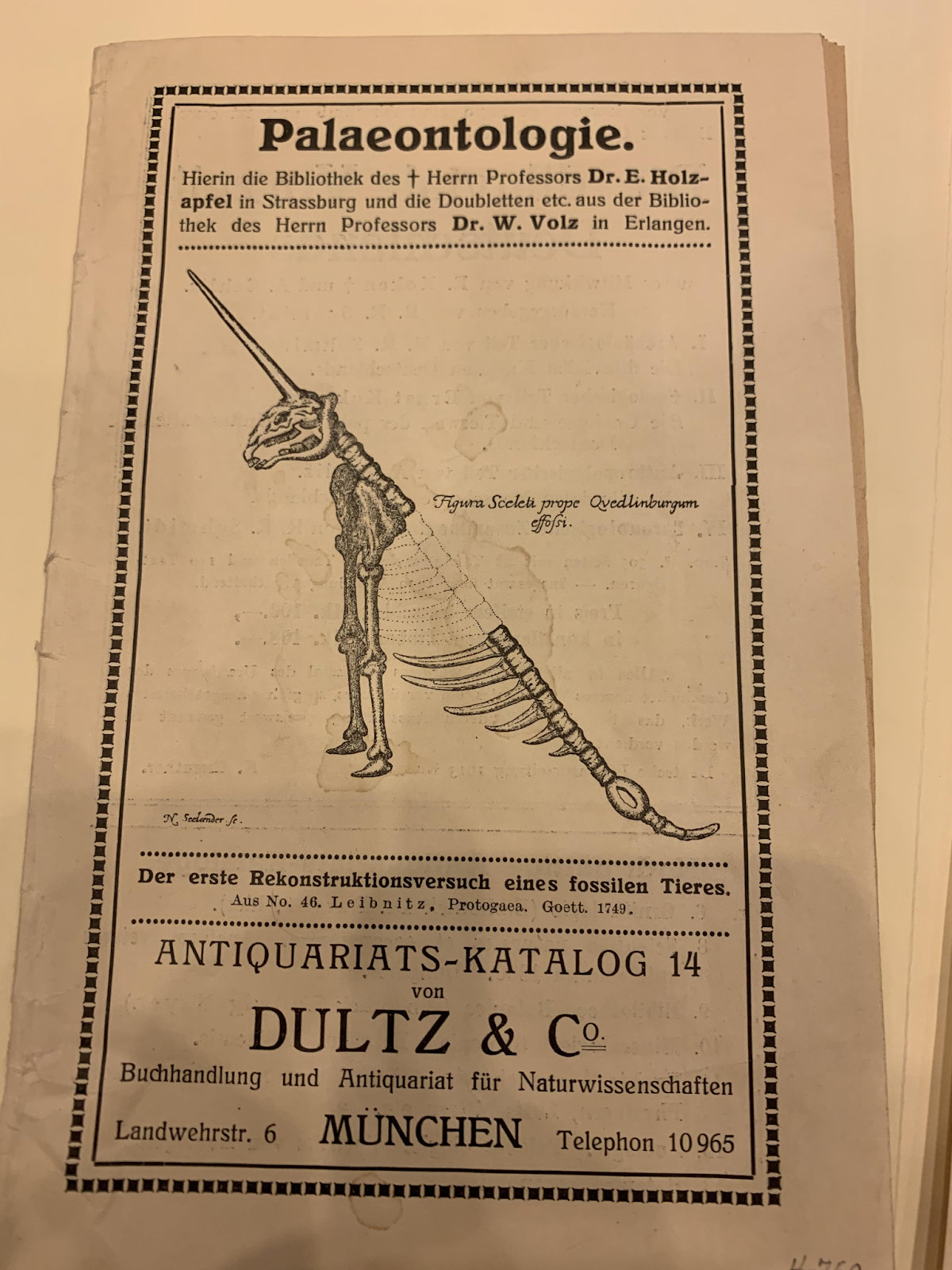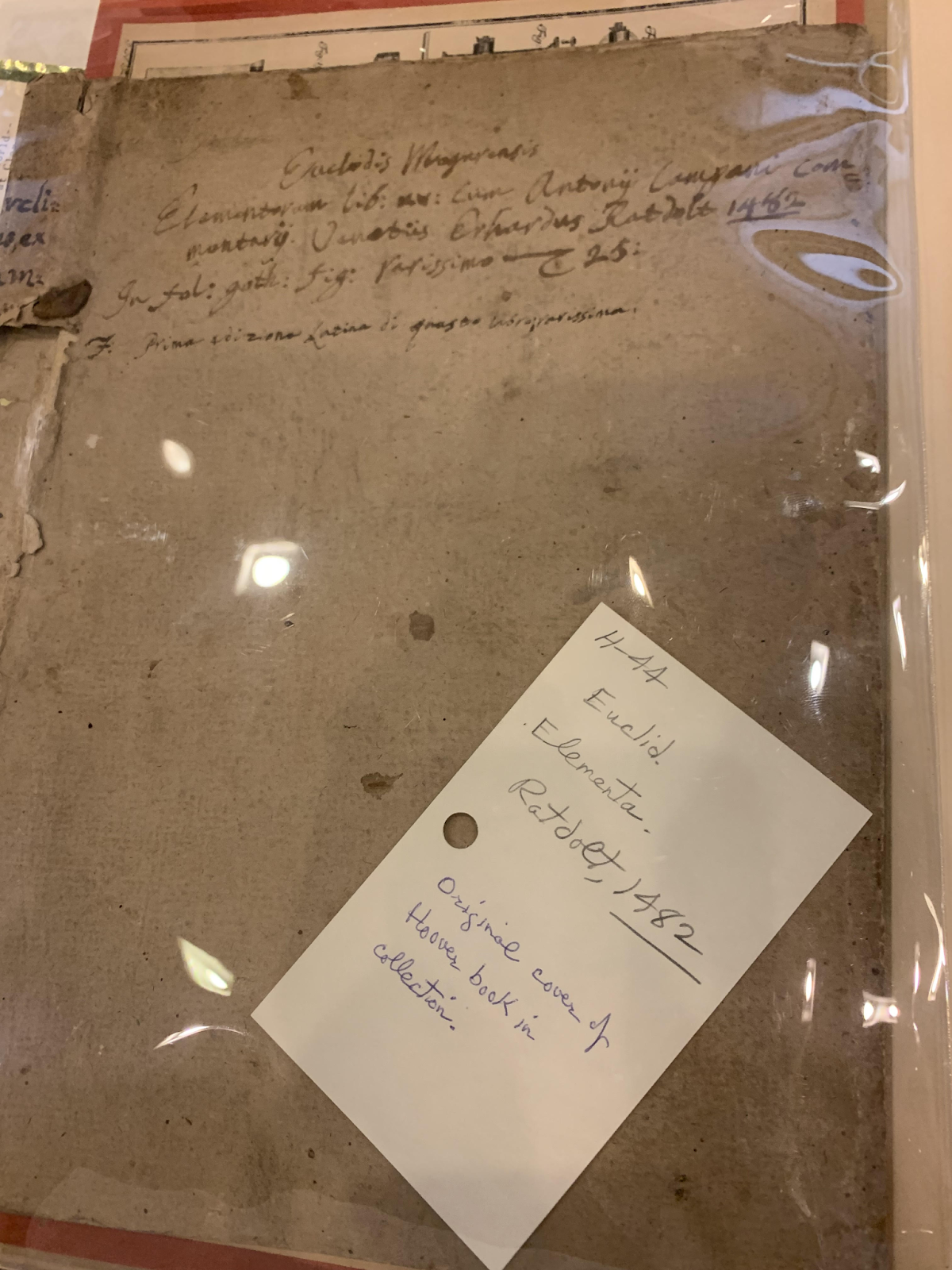The main discovers that I found in the Herbert Hoover Collection this week was bibliographical materials, mostly photos or photocopies of Mr. and Ms. Hoovers and some form there estates. Most of this publicity was due the collection being donated to Harvey Mudd College and the College attempting to gain more prestige for this collection. After all when the collection was donated to Harvey Mudd the College was only 20 years old. Furthermore, I can across an article in The American road, which stated that already three journalists received awards for the Hoover-related stories in 1987. Hence, in turn, increasing the publicity of Harvey Mudd college.
Herbert Hoover Discovers
When the Hoover Collection was first processed, it was actually at Sprague Library at Harvey Mudd College. Herbert Hoover the third donated the collection originally to Harvey Mudd College, and they created a Sprague Library to house the material. It created a lot of popularity for Harvey Mudd College, however, Sprague Library was ill-prepared to take on such a collection. I found the initial report recording the lack of temperature control (a cool temperature is critical for books, so they do not get damaged). Furthermore, there were reports of vandalism and petty theft. Additionally, researchers were reading the materials in the same room where the collection was being housed, which could encourage theft. Sprague Library did improve these conditions. Currently, Sprague Library no longer exists, and the materials got moved to the Honnold Mudd Library instead. It is fascinating to learn the history behind the cataloging of such an impressive collection.
Return to Processing
I returned to Claremont after my summer break. I am now processing, reorganizing, and refoldering the documents within the Hoover Collection. I have focused mainly on the 1970s and the 1980s form when the Collection was first donated to the library. I got the opportunity to see my collection in action. There was a display of some of the books within the Hoover Collection to a geology class. It was awesome to talk about the collection and my work with people. Additionally, it is amazing to see the amazing job that archivists do to preserve sources. Additionally, I feel as though I getting to experience an intimate knowledge with the matieral- uncovering the mystery of how people came to understand the Hoover Collection. Furthermore, I got to learn new library science skills like photocopying folders to acidic-free paper and getting to witness acid burn and rusty on paper first hand made me fully appreciate history and the material even more.
Herbert Hoover Collection Week 3
This week during my time at CCEPS, I met with Lisa to help me with my processing plan for the Hoover Collection. I am learning the skills of the archivist: I put photos and newspapers into mylar sleeves, I learn some of the terminology and methods for cataloging sources and learning how to create a digital archive. Additionally, I got to look through more source material of early texts about geology and science in the Hoover Collection. One book I found was from 1696 on the theory of the creation of the earth. During this time, scholars in the Royal Society tried to reconcile religion with new developments in geology. One could not separate religion from science during this time. The other book I read was from 1654 on meteors. Again, understanding the sky was seen as investigating God, or “heavenly bodies,” itself. It is not exactly clear to me why Hoover collected this book because it is closely related to astrometry than to geology which is why I wanted to look at it myself. Fascinating to see scholarly views on religion and science from this time.

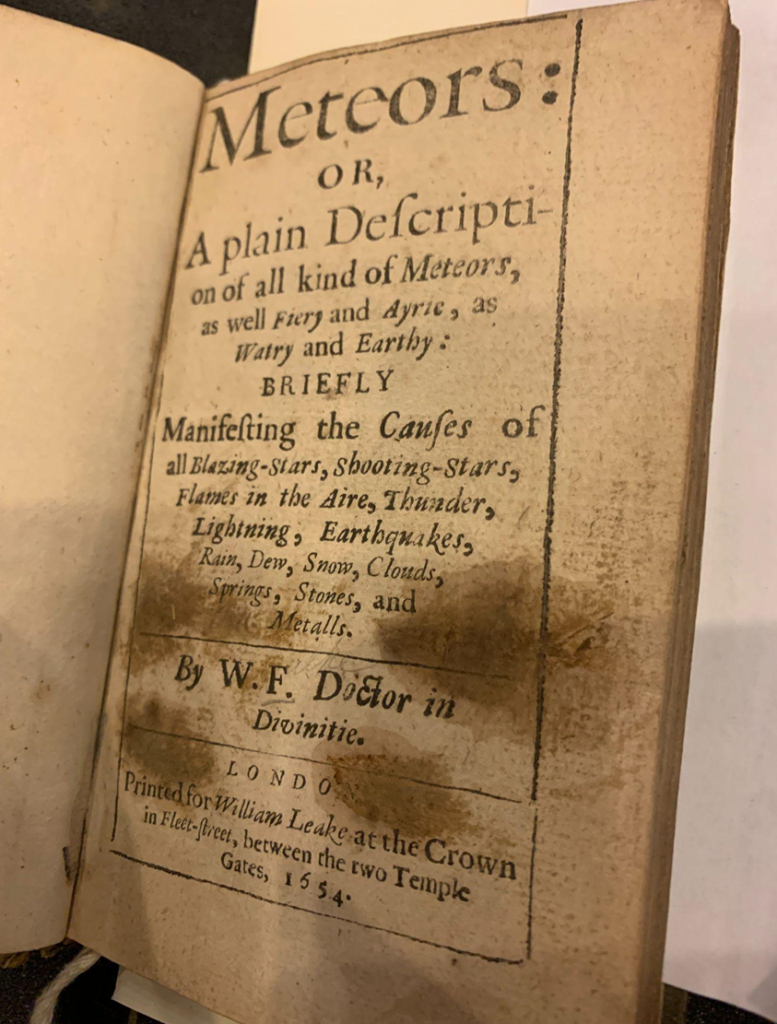
Herbert Hoover Collection Week 2
This week I finished my processing plan, my personal organizing of the materials related to the Herbert Hoover Collection, for Lisa to review. In the meantime, I got to look at one of the oldest books in the collection, Geographia by Stabro written in 1472. Additionally, I looked through Agricola’s De Re Metallica from 1560 and Hoover’s translation from 1912. It is amazing to see how the material of the book affects how well it ages; while the original and the translated copy of De Re Metallica are 400 years apart, their pages’ edges were wrinkled. There were also some collections from the Royal Society dating around the 1700s to 1800s. I got to see the documents we discussed for my History of Science course in person; however, it was more challenging to read than I thought because the sources are in academic writing from over 100 years ago. It was amazing to touch such old documents and the details of the maps and pictures. I felt I was touching history. I have attached the photos of the material I looked at.
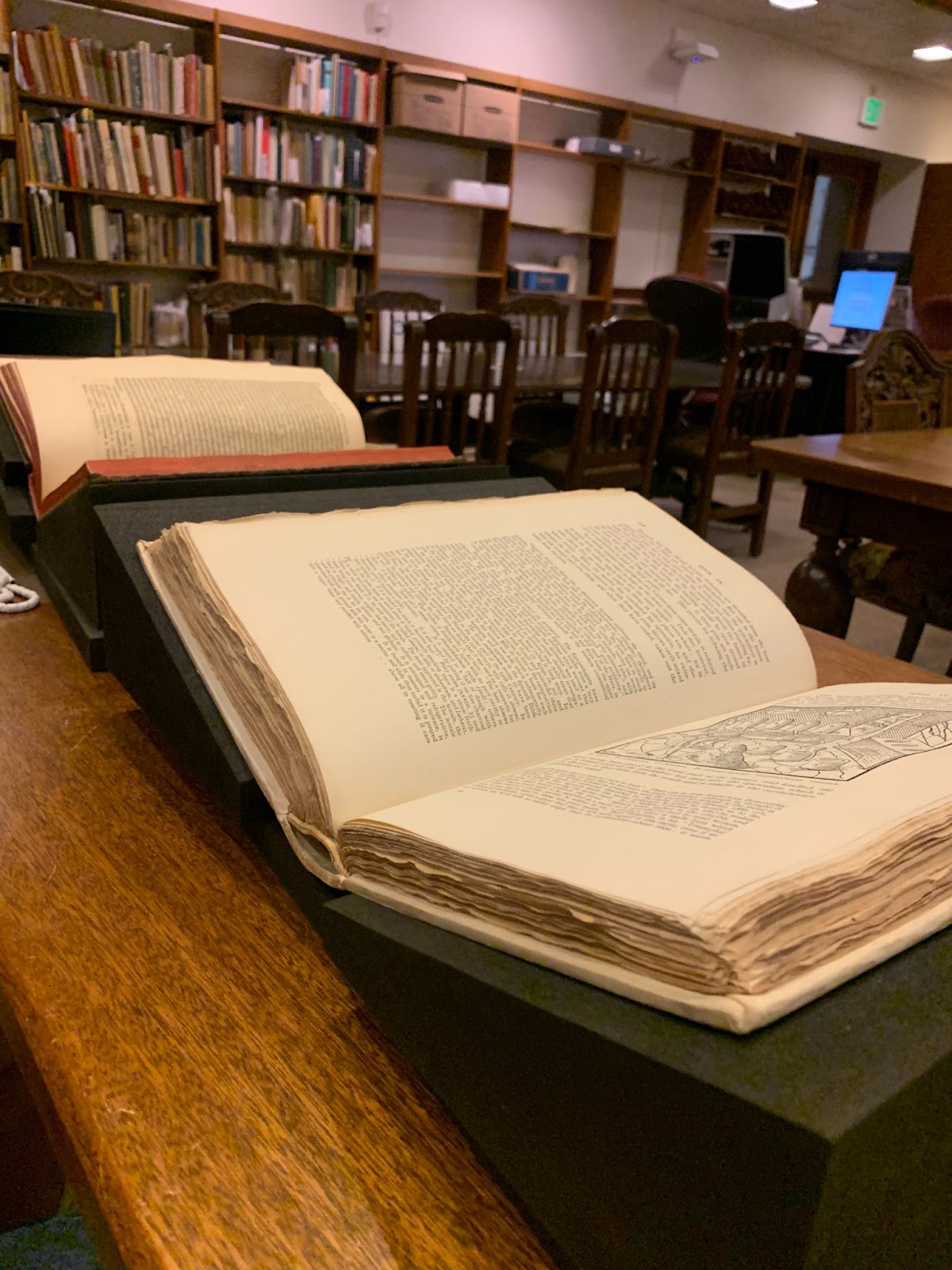
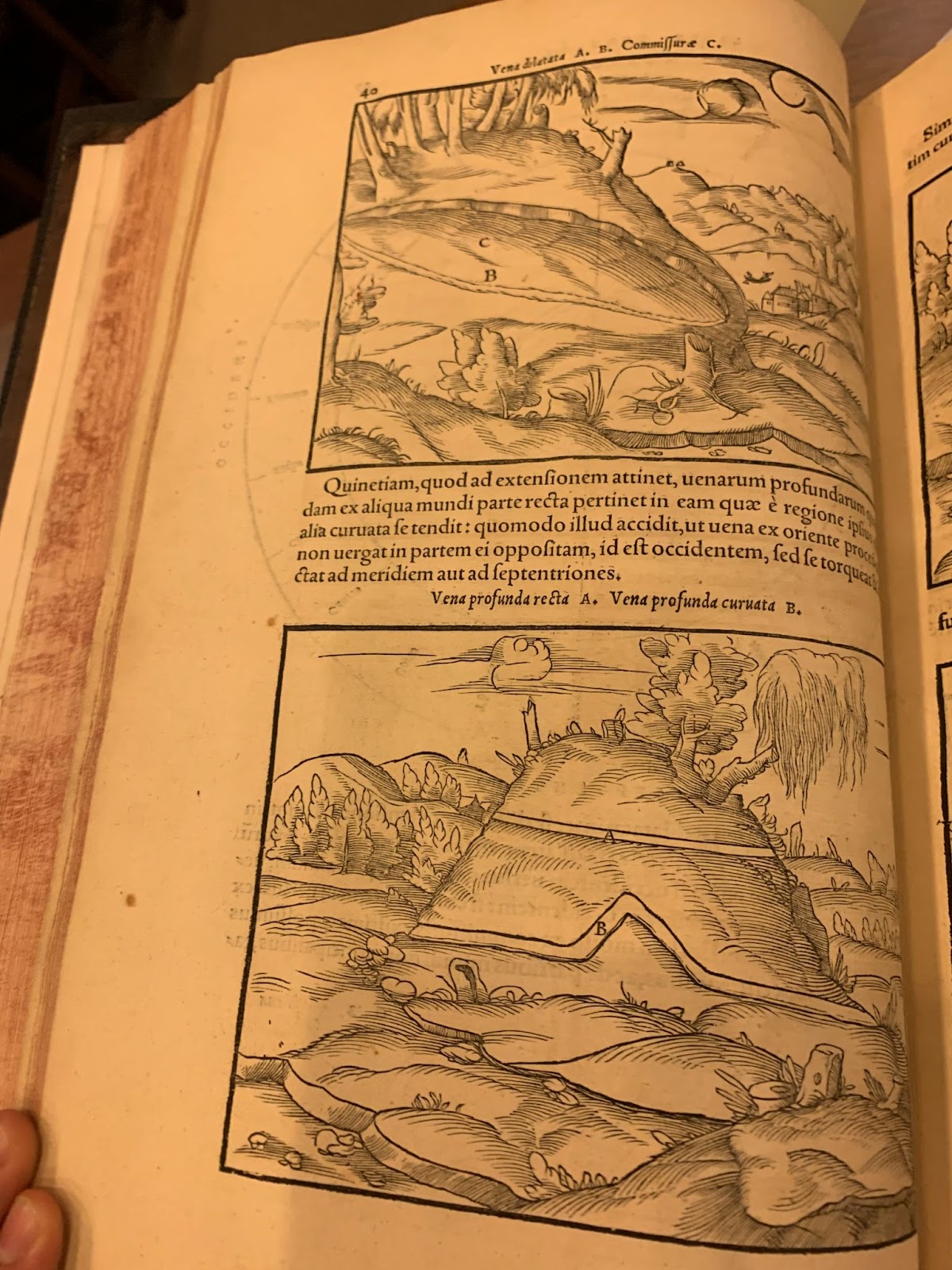
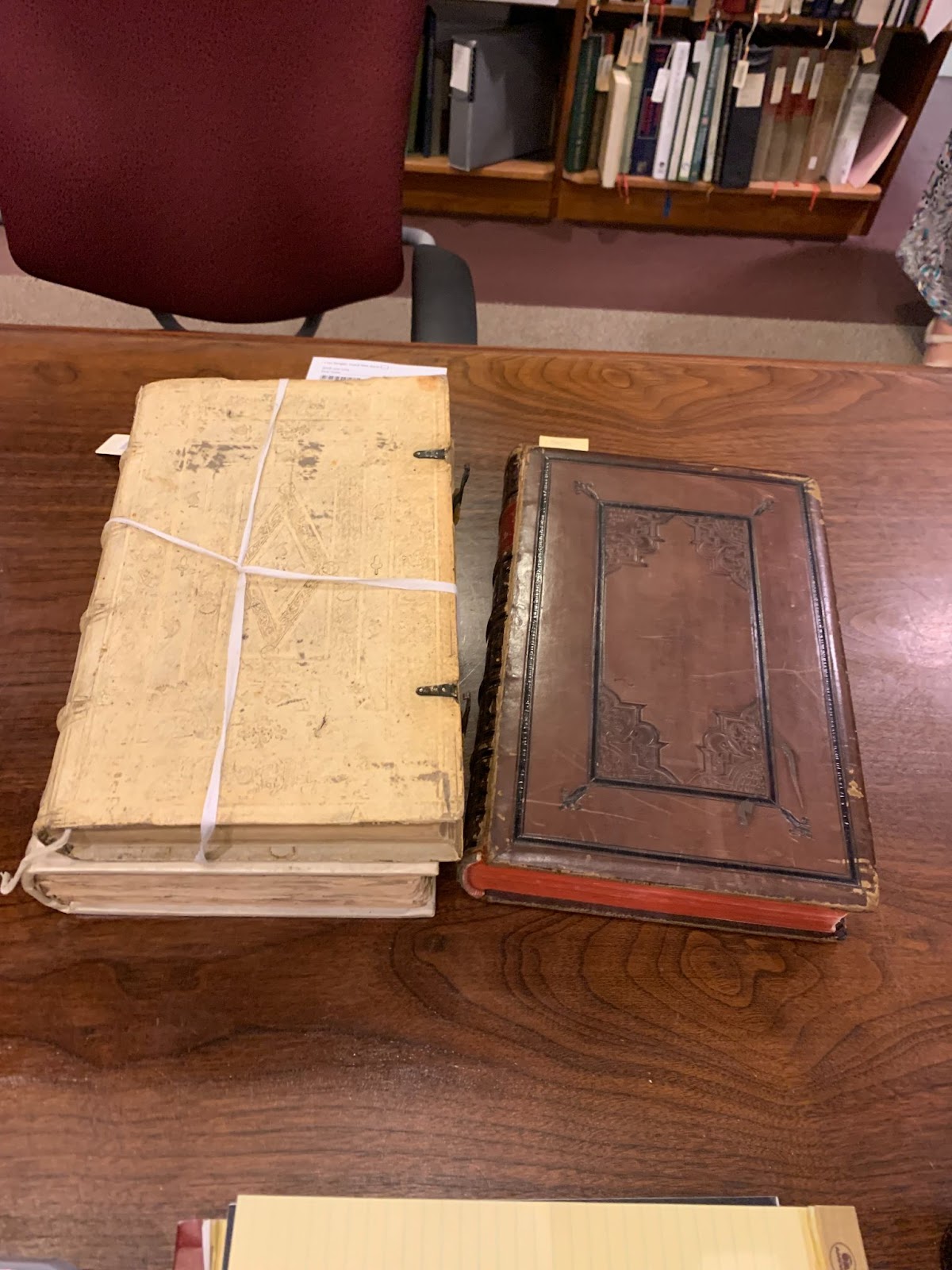
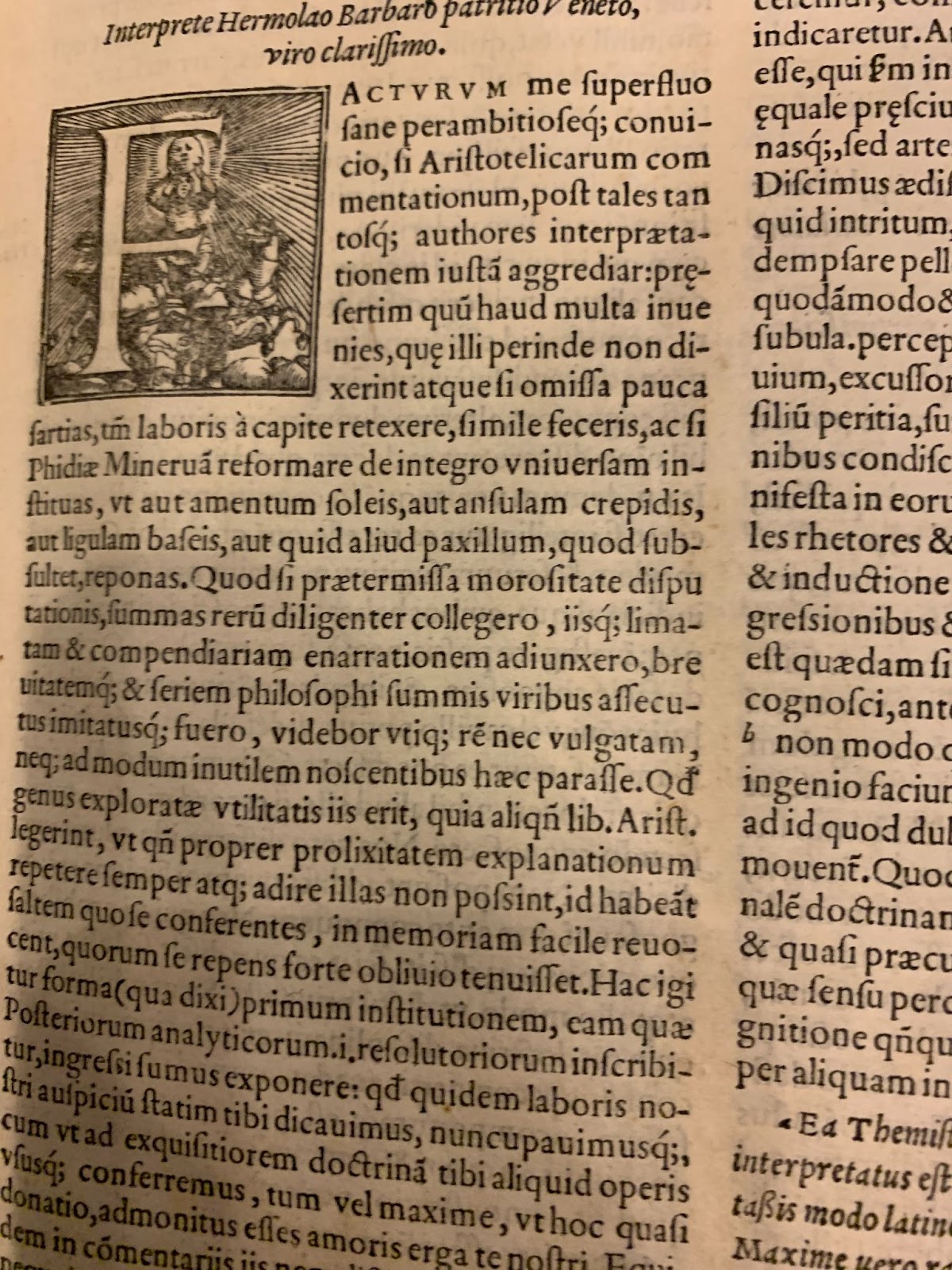
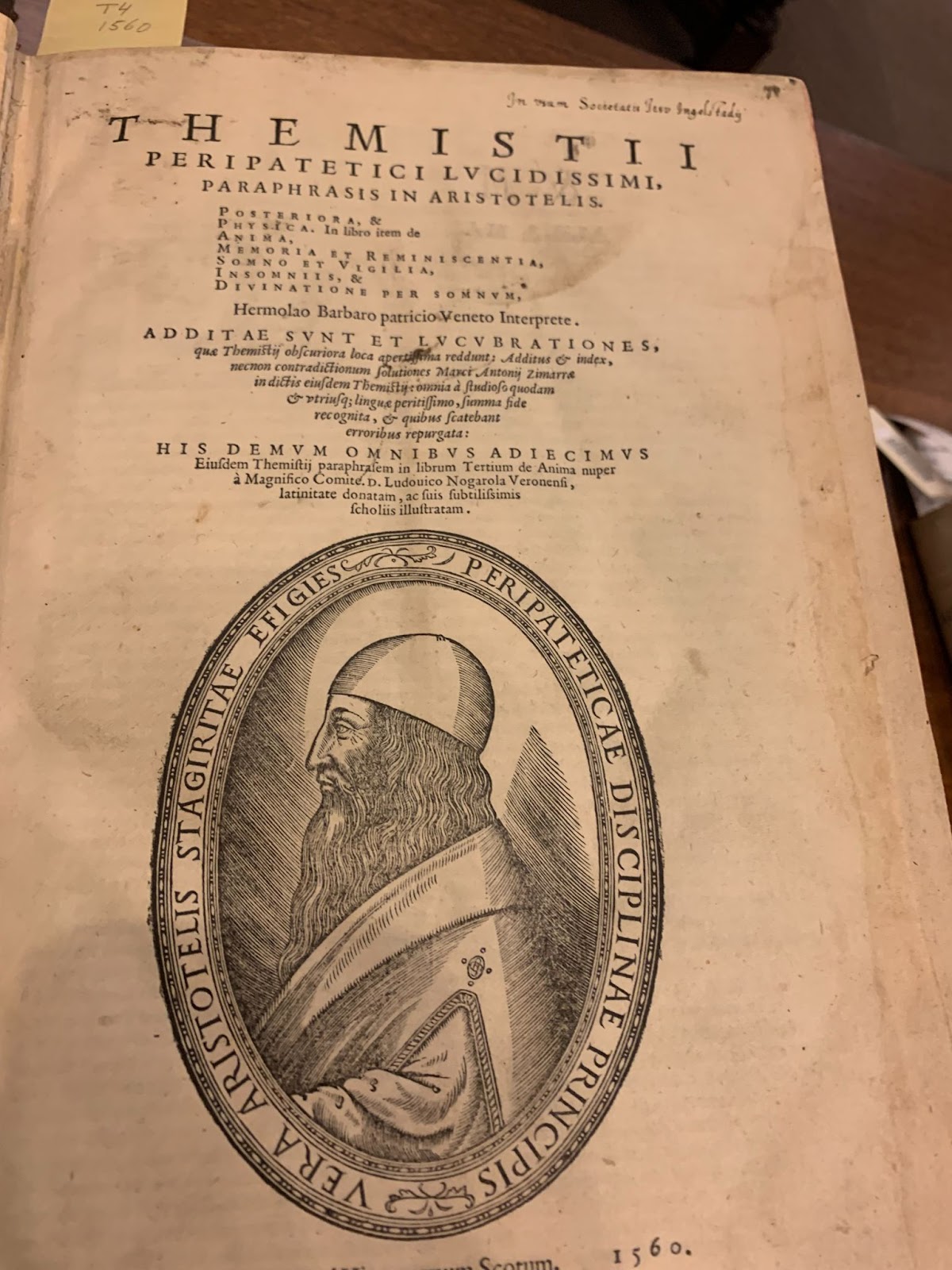
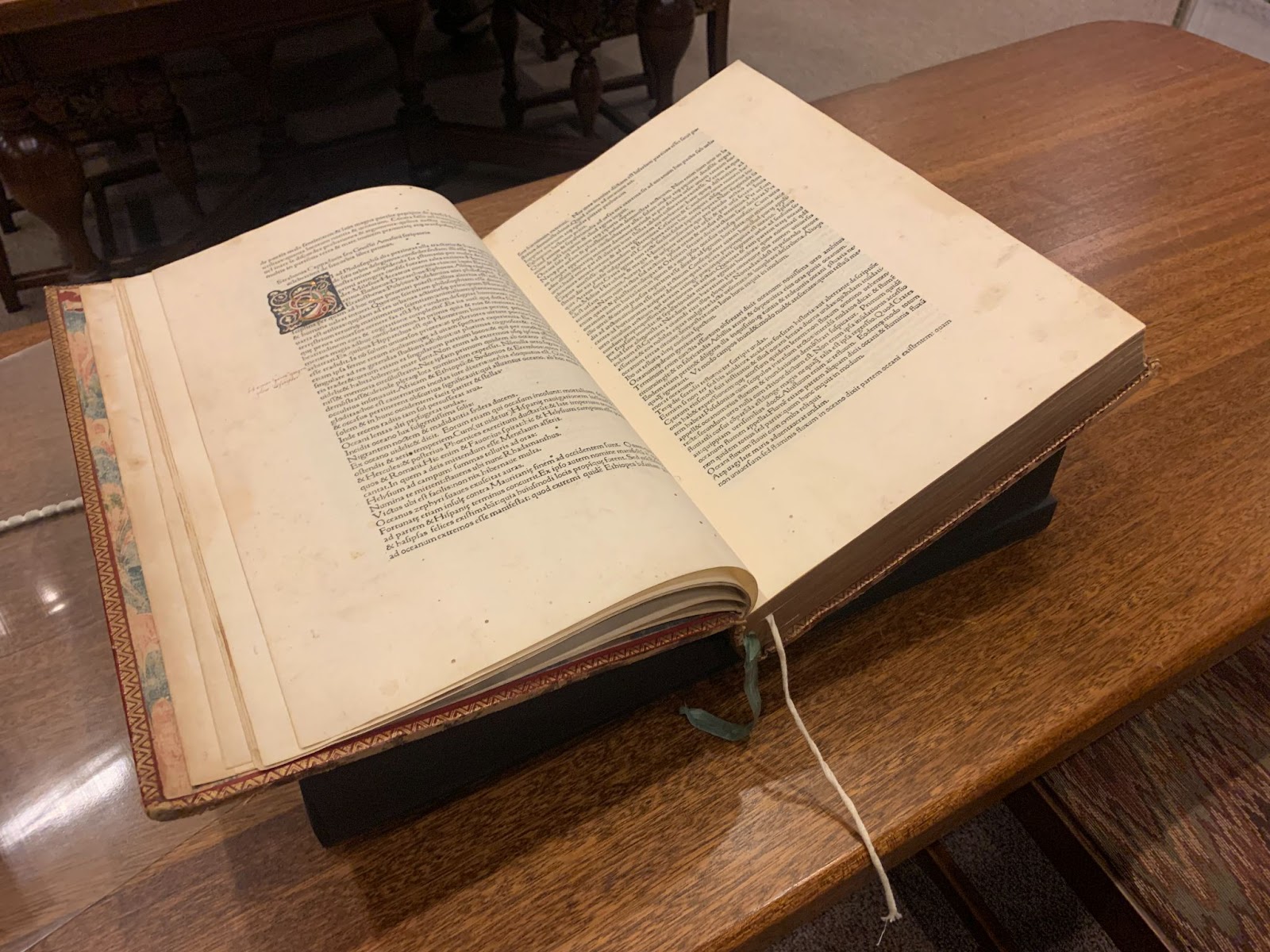
Herbert Hoover Collection
This has been my first week working at CCEPS processing the Hoover collection. I get to learn the skills of an archivist and get to engage with history. Most of my tasks were taking notes on what I have found in the collection and how I should process it. Some boxes I opened were already organized alphabetically, others had folders labeled “Hoover Collection”, “correspondence”, or “catalog.” I have to do a tour throughout all of the collection. What comes as a surprise is the cool air (to preserve the books) inside the archive. It was amazing to see and touch books that were hundreds of years old. There is a variety of sources, ranging from correspondence letters when they first arrived to Harvey Mudd College in the 70s and 80s, when Hoover was first buying his collection in the 1900s and 1910s, and even some primary source books from the 1700s that I found in a box called “miscellaneous.” It is cool just seeing, feeling telegrams, putting photos inside plastic folders, and the frustration of trying to read cursive handwriting. There were some funny correspondence between researchers, such as reports of Martin Luther forgery on some books inside the Hoover Collection. The oldest item I found was from 1482 of Euclid’s elements.
